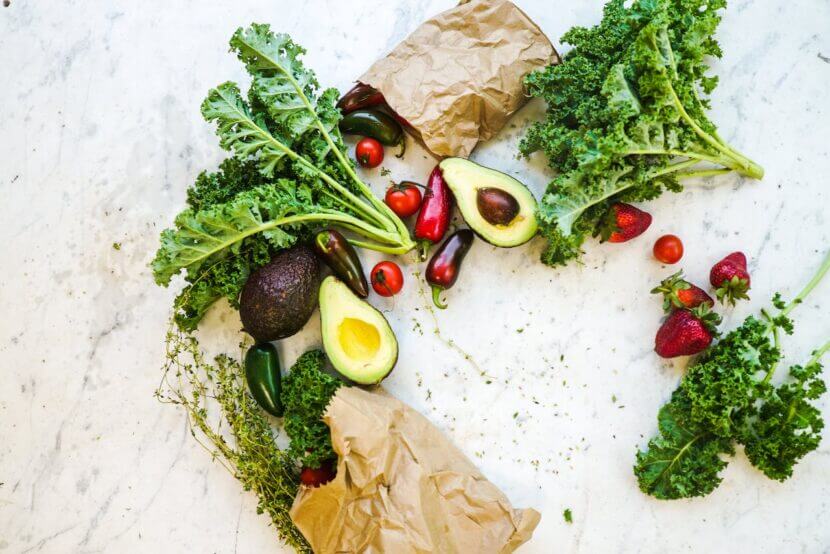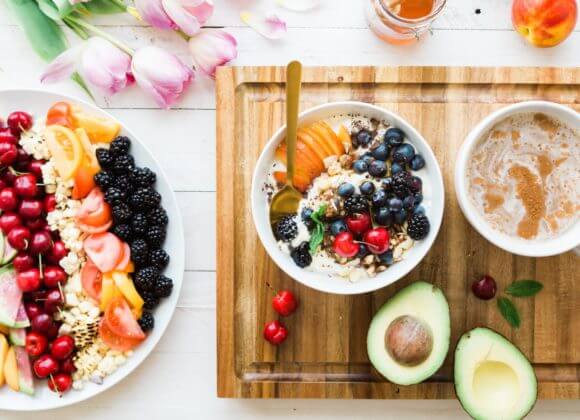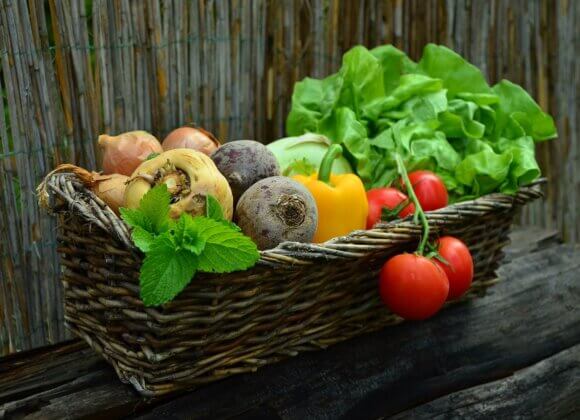Healthy eating: five nutrition myths put to the test
There are numerous myths surrounding healthy eating and nutrition. Nutritionist Ursula Pabst has checked five of them for us to see if they are true.
Healthy diet Myth #1: Diabetes comes from too much sugar
Wrong. Although diabetes is also referred to as “diabetes”, this means that the person affected has too much sugar in their blood. In fact, type 1 diabetes is an autoimmune disease which means that the blood sugar level can no longer be regulated.
The cause here is therefore definitely not the food. The situation is different with type 2 diabetes, where the precursor, known as insulin resistance, develops slowly. Although excessive sugar consumption can promote the development of obesity – like lack of exercise, one of the risk factors for diabetes – there is no exclusive link between sugar consumption and the development of type 2 diabetes.
Sugar is not the only cause of a rise in blood sugar levels: carbohydrate-containing foods also contain long sugar chains that are gradually broken down during digestion. If you want to avoid a rapid rise in blood sugar levels, you should therefore avoid frequent and excessive intake of white bread, white pasta and white rice, which break down particularly quickly.
Preparation also plays a role in this context: pasta that is cooked al dente raises blood sugar levels somewhat more slowly than pasta that is cooked very softly. If potatoes, rice or pasta are cooked and then cooled, a resistant starch develops which slightly reduces the proportion of usable carbohydrates and thus also slows down the rapid rise in blood sugar levels. Another point is the composition of the meals: The more fiber (vegetables!) you have on your plate, the better it is for your blood sugar level. Proteins and fats also slow down the gastrointestinal passage, which ensures a more balanced blood sugar level.
Nutrition myth #2: Fruit is healthy – you can eat as much of it as you like
Not quite true. Many people are familiar with the recommendation to eat five portions of fruit and vegetables a day. What is often overlooked is that this means about one to two handfuls of fruit and at least three to four handfuls of vegetables. This means that there is a restriction for fruit, but not for vegetables.
Fruit may be a vitamin bomb, but due to the high sugar content of most fruit, you can’t give it a free pass. This can not only promote obesity and possibly diabetes in the long term, but also the development of non-alcoholic fatty liver disease. Fruit should therefore be sensibly integrated into the diet.
Special care should be taken with fruit juices in this context: When eating an apple, the sugar is slowly broken down by chewing, and the fiber from the skin and pulp ensures a slow rise in blood sugar. In juice, on the other hand, the sugar is dissolved and the fiber is filtered out. In addition, one glass of apple juice contains the same amount of sugar as around three to four apples.

Healthy diet Myth #3: Dietary supplements are indispensable
Not true. It is perfectly possible to cover your nutritional requirements with a varied and balanced diet without pills and capsules. This is especially true if you follow recommendations such as the food pyramid or balanced and nutrient-calculated nutrition plans that are based on reference values for the intake of vitamins and minerals.
Seasonal food that is freshly processed and carefully prepared is probably the best source of nutrients of all. Frozen vegetables or fermented products such as sauerkraut or kimchi can also ensure your vitamin supply in winter. Too much is often even a disadvantage, as it may displace another substance. In some cases, however, such as during pregnancy or in the case of certain intestinal diseases, dietary supplements – in consultation with a doctor – can certainly be helpful.
Nutrition myth #4: If you exercise, you can eat whatever you want…
No, that’s not true. Sport is important because it is good for body and soul. However, you should not forget that sport often makes you hungry. At the same time, the amount of calories burned is usually overestimated. If you then eat more than you burn during exercise, you will not lose weight, but in the worst case even gain weight. This means that ultimately the balance sheet has to be right.
If you want to lose weight with sport, there is one more thing you should bear in mind: Eat the right food. This means that the body is not running on the back burner and all nutrients are supplied. But that doesn’t mean you have to go on a total diet.
Speaking of mortification: sport should not be done to compensate for unhealthy eating habits. Anyone who constantly thinks about how much exercise it takes to burn off a bar of chocolate, for example, is no longer exercising for fun, but only for the calorie balance.
Healthy diet Myth #5: Ready meals are always bad
That’s not true. Cooked foods such as stews and some frozen dishes are perfectly suitable for a healthy diet. If the list of ingredients only contains things that you can also buy fresh in the supermarket, this is an important point. If there are vegetables involved, all the better. However, if the list of ingredients reads like a chemistry set, it’s better to steer clear of ready meals.
A high proportion of sugar and salt – a common problem with ready meals – also shows that this is not a product for everyday nutrition. Ready meals can therefore be a basis for healthy cooking that can easily be spiced up: Some frozen vegetables can be added to stews, frozen pizza can be made even more attractive with colorful vegetables and canned potato goulash can be refined with some roasted meat or feta cheese to create a wholesome meal.

Related posts:
Healthy nutrition increases performance













